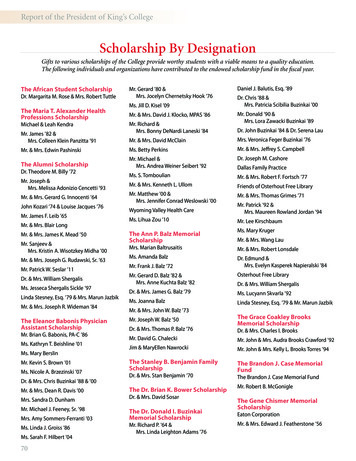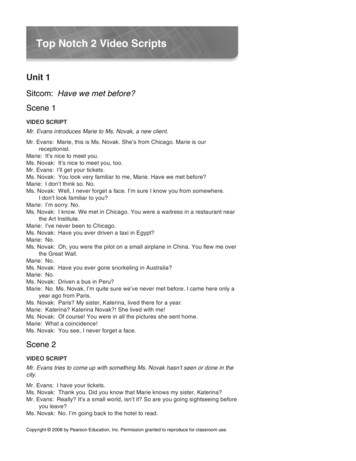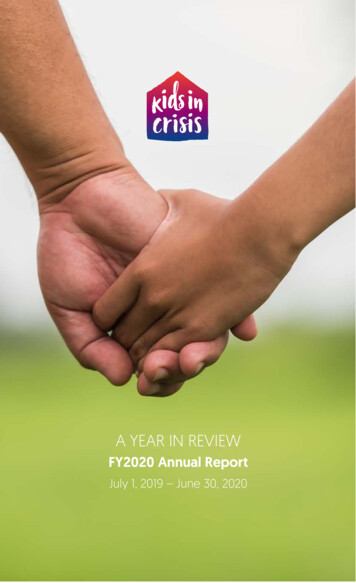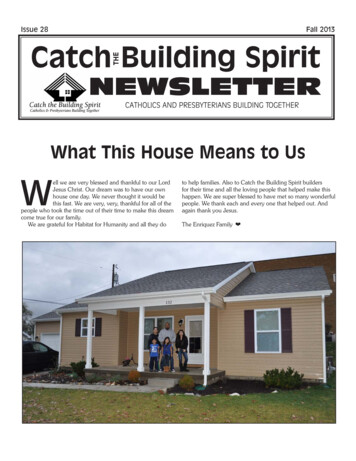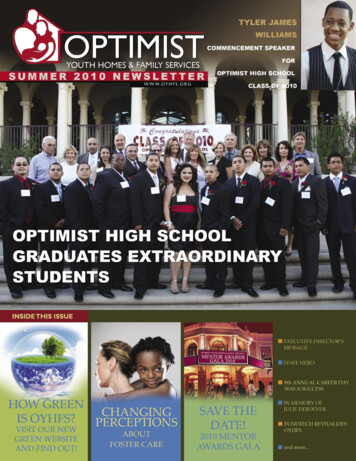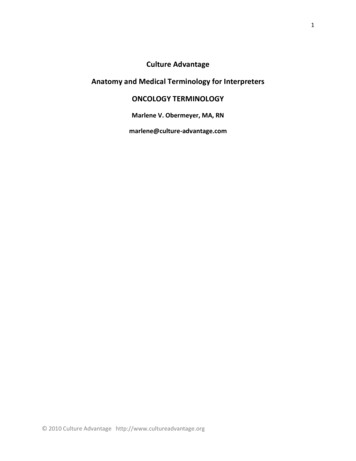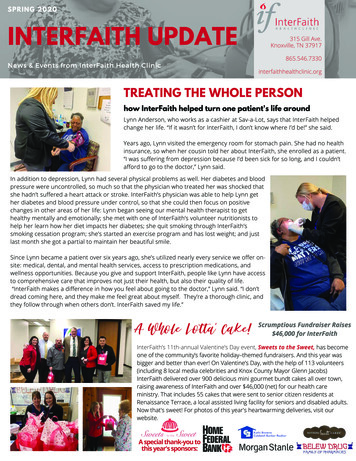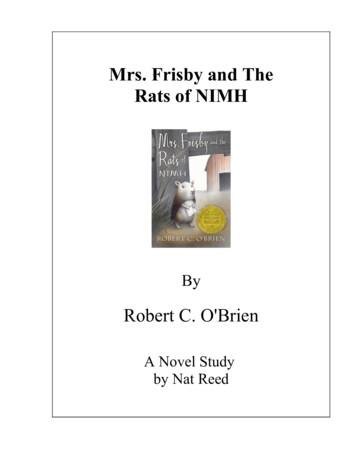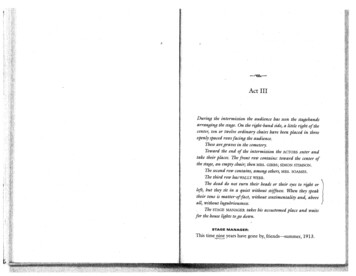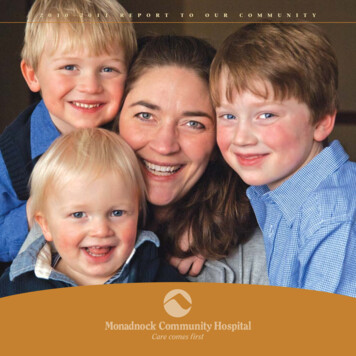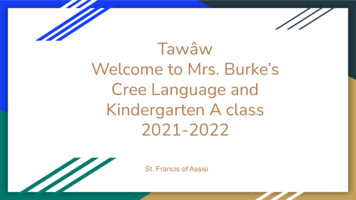
Transcription
TawâwWelcome to Mrs. Burke’sCree Language andKindergarten A class2021-2022St. Francis of Assisi
Mrs Lorna Burke Kindergarten A/CreeLanguage Teachertan’si/Hello Mrs. Burke nitisiyihkason/My name is Mrs. Burke.I was born in High Prairie, Alberta and grew up in DawsonCreek B.C. I call amiskwaciwashikan my home.My family and I are band members of the Woodland CreeBand 474 at Cadotte Lake in Northern Alberta.The Creator blessed me with four children two girls and twoboys whom I love deeply and treasure very much. My childrenblessed me with 11 grandchildren whom I love and treasurewith all my heart.I am a strong advocate and believer in revitalization andmaintaining our Cree language. I have worked within the Creelanguage since 1997.
I graduated from University of Albertain 1999 with a BA ( Native Studies) andBED ( Secondary Education). In 2019,graduated from the University ofCalgary with a Masters in EducationDegree.I have been with Edmonton CatholicSchools for eight years now.
Our school, St. Francisof Assisi works diligentlyat providing successand supports for ourstudents through variousprograms and activitieswithin our schoolcommunity.
We incorporate the seven sacred teachings into our classroom : respect; courage; love; humility;honesty; wisdom; love to encourage a good way of life miyopimatisiwin
NEHIYAW PIMATISIWIN PROGRAMThe Nehiyaw Pimatisiwin Cree Language and Culture Program provides students with anopportunity to learn and use language in meaningful and purposeful ways. The programexplores language as a primary means by which cultural information is transmitted; cultureinfluences linguistic form and content. Students participate in ceremonies which providevaluable insights and teachings about the interconnectedness of all things which gives balanceto life; living in harmony with oneself, others and the global community.Students receive instructions as prescribed by Alberta Education. In addition, the delivery ofsubject-area content, language instruction and cultural information occurs concurrently,promoting effective language acquisition. As well, the achievement in the skill areas of listening,speaking, reading, writing, viewing and representing contributes to the development of effectiveglobal citizenship.ECSD, Sept 7,2021, Nehiyaw pimatisiwin program,https://www.ecsd.net/ ci/search?q nehiyaw%20pimatisiwin
What we learn in Cree class Traditional tîpî valuesSeven sacred teachingsCultural stories (Winter)GreetingsPrayerSongsCommon phrases and words Indigenous al way of life Aboriginal Pow wow dances.
Kindergarten AThis is my first year teachingKindergarten. I enjoy being with thechildren they are a joy and I lookforward each day to see their smileyfaces and their eagerness to learn.
KindergartenWe are very fortunateto have the full-dayprogramming
Kindergarten Programming Highlights: The classroom learning environment is where academic curriculum is taught, and learneroutcomes explored as a community of learners.This is where the teacher plans, develops and teaches through whole group, small group andindividual experiences.The classroom teacher creates meaningful opportunities for learning by intentionally settingtargeted learning outcomes for the children to work towards achieving.The teacher would assess the children’s understanding and report on learner outcomes toparents including formal reporting with PowerTeacher Pro.Play-based opportunities are woven through the Kindergarten Program to support the child'snatural curiosity as they begin to conceptualize the curriculum outcomes being taught.ECSD September 7, Kindergarten Program highlights, -by-a-certified-teacher
Closing wordsIt is an honor and blessing to be working with students who inspire andencourage me everyday. Thank you for the opportunity to work with andalongside your children.Ekosi kinaskomitinawaw kahkiyaw.I thank all of youAy ay
The Nehiyaw Pimatisiwin Cree Language and Culture Program provides students with an opportunity to learn and use language in meaningful and purposeful ways. The program explores language as a primary means by which cultural information is transmitted; culture influences linguistic form and
